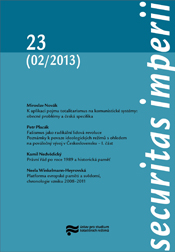
Conquest, Robert: Velký teror. Nové zhodnocení Academia, Praha 2012, 811 stran
Review of: Conquest Robert "Velký teror. Nové zhodnocení" Academia, Prague 2012, 811 pages by: Jan Kalous
More...We kindly inform you that, as long as the subject affiliation of our 300.000+ articles is in progress, you might get unsufficient or no results on your third level or second level search. In this case, please broaden your search criteria.

Review of: Conquest Robert "Velký teror. Nové zhodnocení" Academia, Prague 2012, 811 pages by: Jan Kalous
More...
Explore the period from 1938 to the present and concentrate on issues of power, resistance, and modern subjectivity.
More...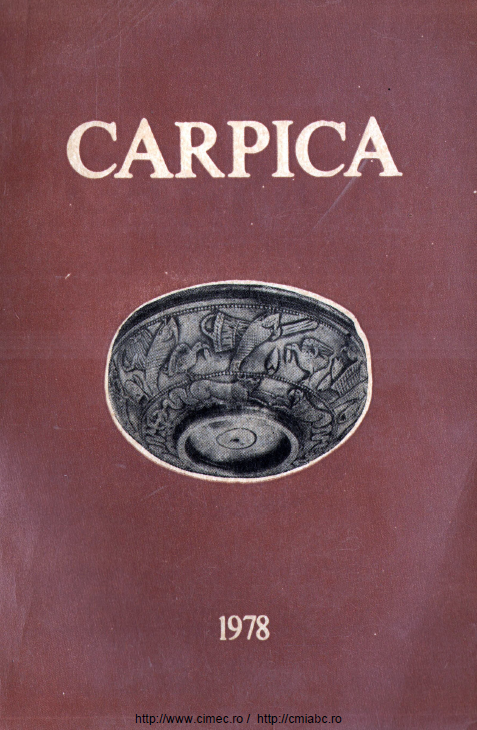
L'auteur présente quelques moments importants du mouvement roumain des travailleurs des années 1918-1920, ainsi que les principaux aspects de la législation des assurances sociales du temps - L'article accentue les événements qui se sont déroulés pendant la grève générale de 1920.
More...
Articolul prezintă date referitoare la activitatea lui Nicolae Titulescu.
More...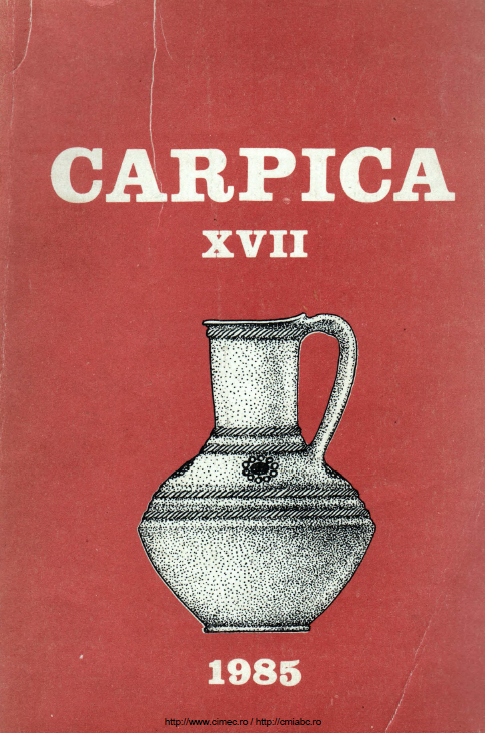
The labor, revolutionary-democratic movement in the Bistrița valley in the years 1934-1938
More...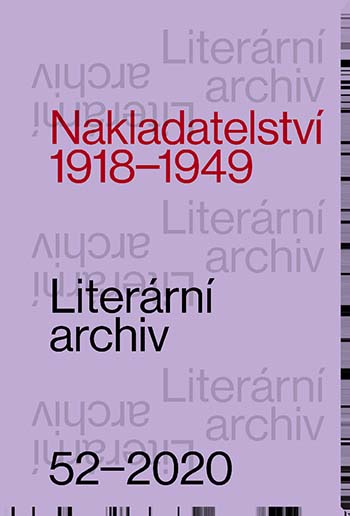
The paper follows the situation of the German-language publishing business in interwar Czechoslovakia, primarily on the basis of reports published in the professional journal for publishers and booksellers Der Buchhändler and materials from the archives of selected companies. It describes the development of the central professional institution of the Association of German Traders in Books, Art, and Music and Publishers of the Czechoslovak Republic (Verband der deutschen Buch-, Kunst- und Musikalienhändler und Verleger in der Tschechoslowakischen Republik). It presents basic quantitative indicators of the publishing dynamics of published German-language book production and outlines its composition, specific function and thematic focus, which was significantly influenced by strong competition from the book markets of the neighbouring German speaking countries. The paper also includes profiles of the major publishing houses and gives a brief description of their production, with particular attention to fiction titles.
More...
The Czechoslovak Republic became one of the major destination countries for many Russian, Ukrainian and Belarusian emigrants in the 1920s as a result of its programme of state support. In the life of the post-revolutionary émigré community, which had lost contact with its homeland, language and culture, publishing activity was extremely important. Among the Russian-language publishing houses established in Czechoslovakia in the interwar period, Plamja, which was founded in Prague and led by Jevgenij Alexandrovič Ljackij (1868–1942), was one of the most prominent. In the years of its activity, between 1923 and 1935, it published over a hundred book titles and had offices in several European cities, and also Harbin in China. Its publishing projects included professional, academic, informational and art literature, book catalogues, postcards and bibliographical periodicals (the weekly Ogni and the monthly Slavjanskaja kniga). The Plamja project was one of the most significant publishing ventures of the Russian diaspora of its time.
More...
The paper is devoted to the Slovak production of the Czech publishing house Družstevní práce (DP) and evaluates its importance in promoting the Slovak book and strengthening Czech-Slovak cooperation in the interwar period. Against the chronological background of published Slovak titles and on the basis of archival sources and period journalism, it presents its publishing strategies, its communication with authors and artists, and also the successes and problems DP encountered in purveying Slovak books. It outlines the beginnings of Slovak production and the later orientation towards the Slovak social novel and the collaboration with Ladislav Nádaši-Jégé, Milo Urban, Peter Jilemnický, Fraňo Kráľ, Zuzka Zguriška and Emil Boleslav Lukáč. It shows how thoroughly DP approached the publishing of Slovak publications, be it in terms of its cooperation with Slovak artists, its consistent preservation of the Slovak language, its selection of paper, or the printing and proofreading at the Bratislava printing house. At the same time, the paper maps how DP managed to promote Slovak books and authors abroad by means of its good contacts.
More...
The introductory paper presents a selected chapter from the handwritten memoirs of František Svoboda, a bookseller and publisher from Nusle, who became known in cultural spheres in the early 1920s when he began independent publishing activity. His company’s key book series in the category of fiction was Mladí autoři (Young Authors, 1923–1927), which focused on new authors and was first edited by the poet and critic A. M. Píša, followed by the novelist and publicist A. C. Nor. This publication presented more than two dozen original works by authors of the generation born around 1900 (e.g., the two editors, Konstantin Biebl, Lev Blatný, Adolf Hoffmeister, Jaroslav Hůlka, Jan Weiss, and Jiří Wolker) and gained a distinguished reputation. Svoboda also published the first volume of Most magazine and the Paprsek (Ray of Light) edition, which featured albums of graphic works by young artists (e.g., Jan Rambousek and Alois Rechziegel). The memoirs describe the beginnings of his publishing efforts in connection with his work for the Volná myšlenka publishing house and the many vicissitudes typical for new publishing businesses in the interwar period. Apart from his difficulty in obtaining a bookseller’s licence and the times of economic crisis of the interwar years, which resulted in a settlement with creditors in the late 1920s, the author also describes the decline and subsequent end of his own publishing activity. A separate theme of Svoboda’s memoirs provides a sense of his political engagement, first in connection with the Czechoslovak Socialist Party and later with his membership of the Communist Party of Czechoslovakia.
More...
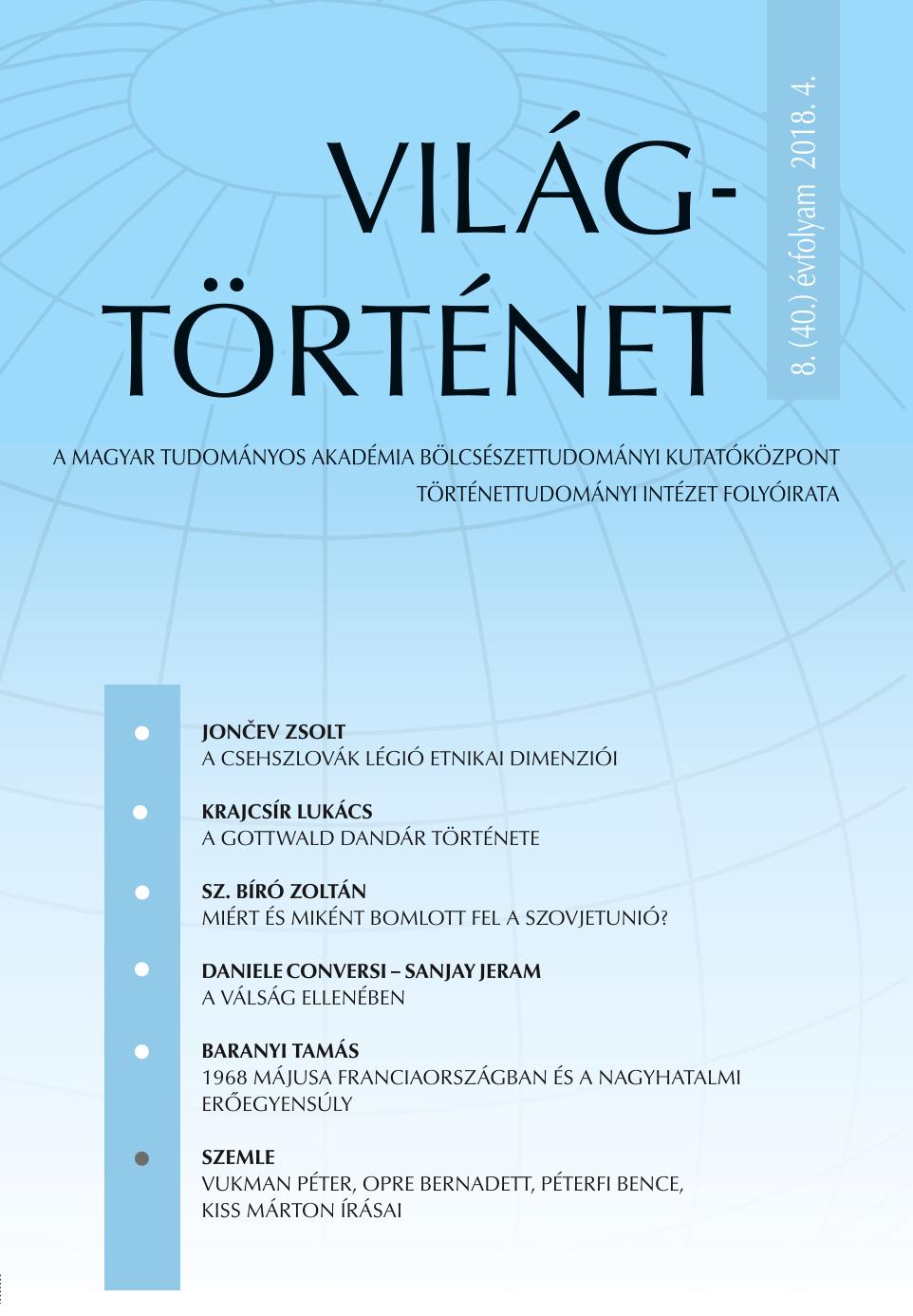
While devastating famines are part of historical memory in South Asia, the issue and social history of food availability is one of the cleavages of politics in contemporary India. The paper addresses this dichotomy by discussing the modernity of late colonial India considering ideas and politics of nutrition and its relation to industrial labour. Literature on industrial labour and practices of a large industrial complex show that ideas emerging about the role of women in nation-building and of coolie labour limited food related welfare policies in the period after 1920. These limitations became part of governmentality in South Asia and this partially explains early 21st century cleavages of food politics. Moreover, the history of the reception of the science of nutrition indicates that modernity in India was specific and was not the story of adapting practices associated with the Global North.
More...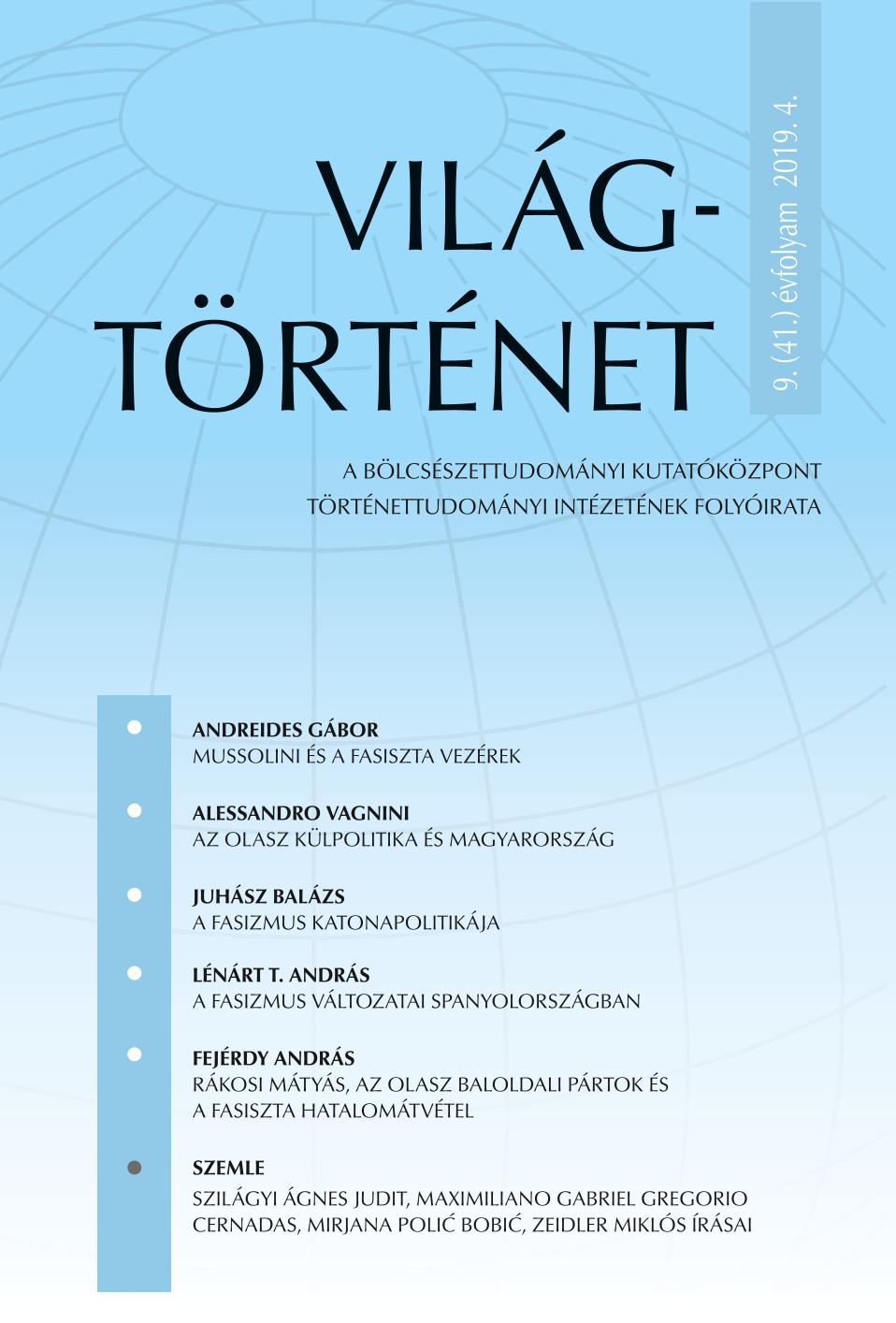
The two decades of fascism had a great impact on 20th century Italian history. This highly criticised and discussed period could be entirely linked to Benito Mussolini’s name. The Duce’s leading role is undoubtable even though in the beginning Mussolini’s primacy wasn’t that definite at all. A hundred years ago, when fascism was born, there were many fellow party members who could have replaced him in case. Who were they? Who were the persons representing fascism at home and abroad, standing besides Mussolini? What kind of similarities and/or differences could be detected within mind and mentality of all those who – just like millions of others – could not refrain themselves from the Duce’s shadow? This paper tries to find answers to these questions.
More...
Only in recent times historians removed certain stereotypes that validated the image of a Sicilia felix during the Fascist era, a Sicily marching towards a sure modernization thanks to the inflexible struggle of Cesare Mori, the “iron prefect”, against the Mafia. The reality is much more complex and contradictory. Before and after the “march on Rome”, the fascist movement in Sicily is very marginal and its growth will take place through the entry into the party of men who are not “very first fascists”, but opportunists coming from the old Sicilian hegemonic classes. The fascist party must pay the price of a compromise with the local traditional forces and also with the Mafia, whose complicity with political power will only be scraped, but not eradicated. The candidates elected in the Fascist “National List” in the triumphant 1924 elections amply prove it. But in Sicily the party will long be troubled by sharp contrasts between “very first fascists” and “new fascists”, which will be resolved only through frequent external administrations and purges. This will finally homogenize the party but also depoliticize it. The fascist party will become a mass party, but it will end up carrying out a purely bureaucratic and caring function, as a result of a complex mix of ideology, notability and transformism.
More...
The essay analyses which factors contributed to the birth of “frontier fascism”, this phenomenon how evolved during the fascist regimes, what effects had on the movement and on the political choices of the regime outside the Venezia Giulia Region and how efficient was in realizing its objectives.
More...
The relationship between the Italian navy and Benito Mussolini has not always been idyllic. Paolo Thaon de Revel was appointed Minister of the Navy to monitor what could be a transitional government. Despite numerous declarations on the Italian domain of the Mare Nostrum Benito Mussolini will never allocate the money necessary for this purpose. There was no mistake between the two. In fact it was the Regia Marina that had to convince the Duce to diplomatically resolve the Corfu crisis. A clash with the Royal Navy would have meant a sure defeat for the Italian naval force. Revel, Ciano, Bernotti succeeded, with great difficulty, in persuading the Italian prime minister. Mussolini perceived England as the true enemy while for the leaders and men of the Regia Marina the real danger was the French appetite in the ancient sea. With the Conference on Naval Disarmament Italy had become the third world naval power. Italy has played a very important role, often played almost unconsciously, but continually afflicted by the economic constraints that have influenced the choices.
More...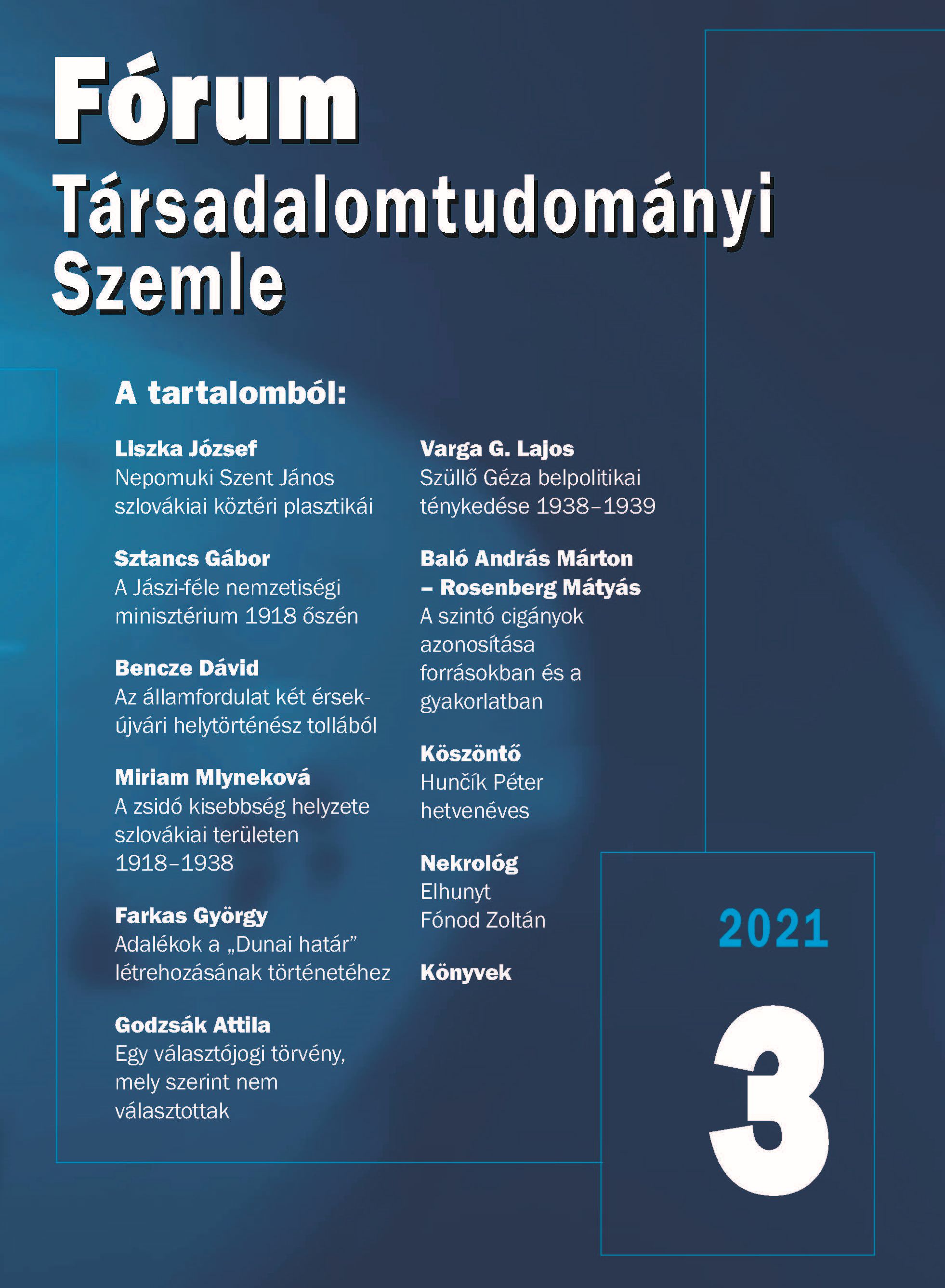
Géza Szüllő was the only one of the 17 members of the Czechoslovak National Assembly – mainly from the United Hungarian Party – to be left out from the Hungarian House of Representatives after the First Vienna Award. The two groups within the Party of National Unity – the conservative and the extreme right-wing – formed mainly for foreign policy reasons, and at the beginning of 1939 they also separated institutionally. Szüllő was a member of the former group, as opposed to the 17 appointed deputies, and thanks to his time in the National Assembly in Czechoslovakia he had enough authority to be considered by the conservative group as a candidate for the post of minister without portfolio for southern Slovakia, as opposed to Jaros, who supported the extreme right-wing policies of the Imrédy government. In this short period of a few months, the two politicians were engaged in a domestic political contest for party political positions, for the post of minister without portfolio for Felvidék, for determining the appointment of the 17 members of the House of Representatives representing the re-accessed territory, for changing the stability of the Imrédy government, or for changing the wording of the second Jewish law. Both the far-right and the conservative elite hoped for a continuation of the revision, and in this situation the role of Nazi Germany was enhanced. Within a few months, all of Szüllő´s attempts were at best partial, at worst unsuccessful: this was typical of the efforts of the conservative political elite.
More...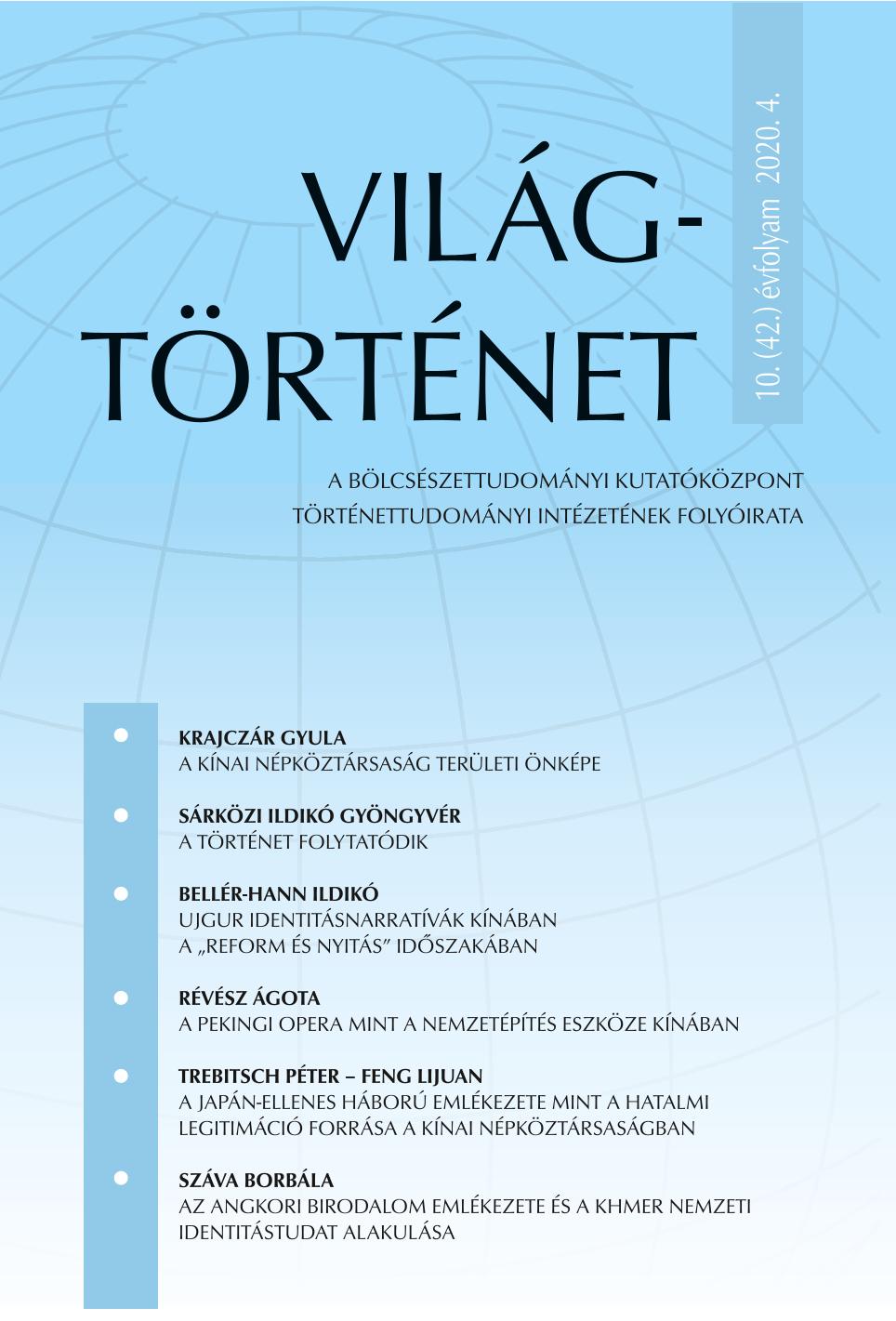
Jewish Refugees in Shanghai 1933–1947: A Selection of Documents. Ed.: Eber, Irene. Göttingen, Vandenhoeck & Ruprecht, 2018. 718 p. (Archive of Jewish History and Culture / Archiv jüdischer Geschichte und Kultur, 3.)
More...
The origins of the modern Polish system of notaries date back to the period of the Polish Second Republic. At the end of World War I, the institution of notaries in Polish lands was heterogeneous. There were three separate notary organizations, which regulated differently the systemic position, tasks and functions of the notary. The rebirth of the Polish State brought the issue of unification of the system of notaries. Works on this ground-breaking task took place for several years and ended with the creation of the Law on Notaries of 27 October 1933. The article is intended to precisely determine the systemic position of the notary under the first Polish Law on Notaries. Article 1 of the Regulation defined notary as a public functionary appointed to draw up acts and documents to which the parties were obliged or wanted to give the public attestation and to carry out other acts as entrusted to him by law. Attempts to define the concept of a public official revealed numerous terminological problems and generated the need to conduct research on the issue of the notary’s position both in terms of scholarly reflection and dogmatic terms. In order to determine the systemic position of the notary, the article presents a detailed analysis of the term “public functionary” used in Article 1 of the Law on Notaries, views of the most eminent representatives of legal science in Poland on this subject and the scope of activities of the notary. The doubts and terminological difficulties identified in the course of these activities led to a deeper analysis of the provisions of Section I of the Law on Notaries, entitled “System of Notaries” (provisions of Chapters I–III) and of the case law. However, the attempt undertaken in the article to clearly define the position of the notary under the first Polish Law on Notaries did not bring a fully satisfactory result. The analysis of the position of the notary in the light of the Law on Notaries of 1933 indicates that there are serious difficulties in defining it precisely, both among the scholars in the field and the judicature. To fully define it, a closer analysis of the provisions of the Law on Notaries concerning the supervision of notaries, disciplinary and compensation liability of notaries, the professional self-government of notaries and the rules of preparation for the profession of notary was necessary. These issues have a significant impact on the final shape of the notary’s position within the legal system. Due to editorial limitations, these issues will be addressed in the second part of this article, along with final conclusions.
More...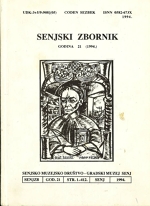
Der Autor des Artikels bringt seine Erinnerungen vor, die mit den Bemiihungen der Senjer die Errichtung des Senjer Klubs in Zagreb gebunden sind. Einige Senjer initieren im Laufe der Jahre 1929 und 1930 die Bevvegung des Klubs, der wegen der politischen Umstände nie formell errichtet wurde. Doch zeigten die Senjer in Zagreb bestimmte Erfolge in Bemiihungen ihrer Geburtsstadt zu helfen. Als Beispiel vvird das Drucken des ersten Fiihrers durch Senj von P. Tijan erwähnt: Senj. Ein kulturell-historischer Spaziergang durch die Senj nach dem beiliegenden Grundriß.
More...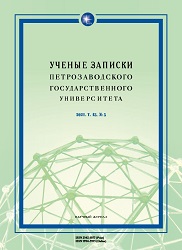
A lot of research works have been addressing the history of the Serapion Brothers literary group, however this organization and its place in the literary process of the XX century remain understudied, and this problem can be solved only through studying new archival materials concerning the Serapions, which have not been previously introduced into circulation. The relevance and novelty of the article are determined by the fact that it presents an attempt to clarify and specify certain aspects of the brotherhood’ history by investigating recently published little-known egodocu ments of one of the Brothers – the writer Vsevolod Ivanov. The author uses the method of historical and literary commentary to analyze Ivanov’s letters of 1922 and 1923 addressed to writers Aleksey Tolstoy and Kondratiy Urmanov, which demonstrate both the close connection of the young writer with the Serapion Brothers and the creative disputes between them. Another group of documents, Ivanov’s correspondence with Konstantin Fedin dating back to December 1925, shows the former’s contradictory attitude to the Serapions’ program manifesto: both Ivanov and Fedin are unanimous on “ideological” issues, while the question of searching for the creative path in his new works, the stories from his best book The Secret of Secrets, is answered by Ivanov through the argument with the Serapion Brothers (primarily with the Westernizers among them), in particular with their understanding of artistic language. Finally, Ivanov’s memoirs about the Serapions published in various publications and stored in the family archives, examined from the point of view of text history, show how during the period of persecution against the Serapion Brothers literary group Ivanov sought to create a nearly perfect portrait of it, emphasizing its signifi cance for the literary process of the XX century.
More...